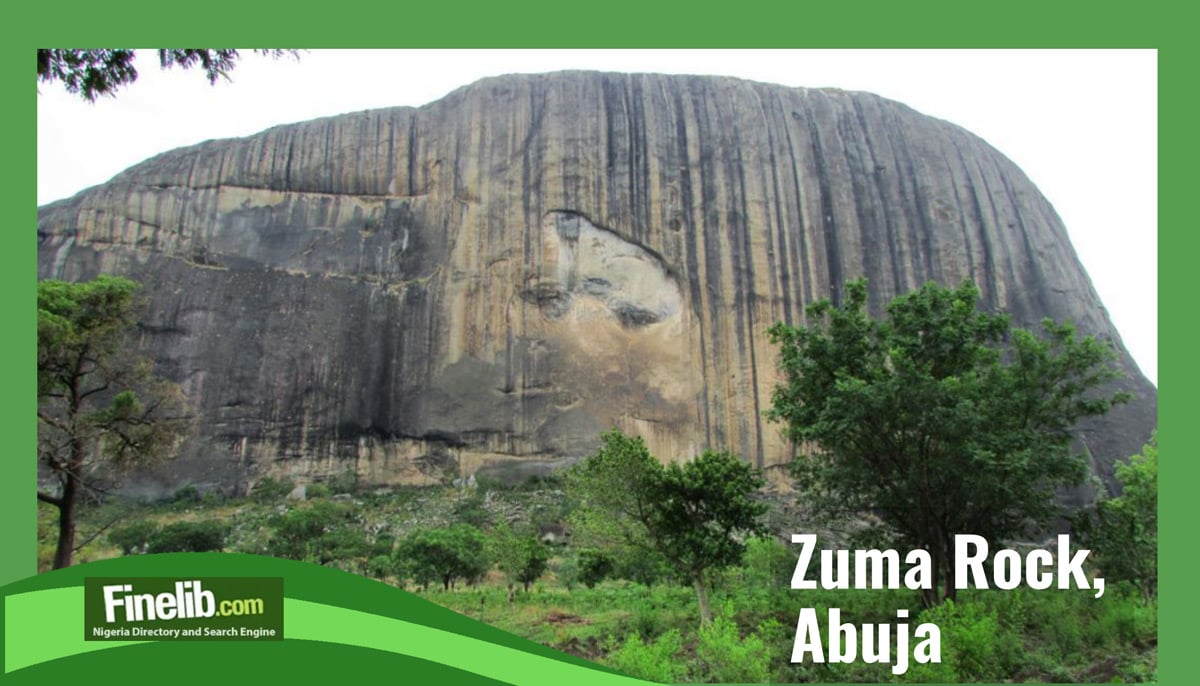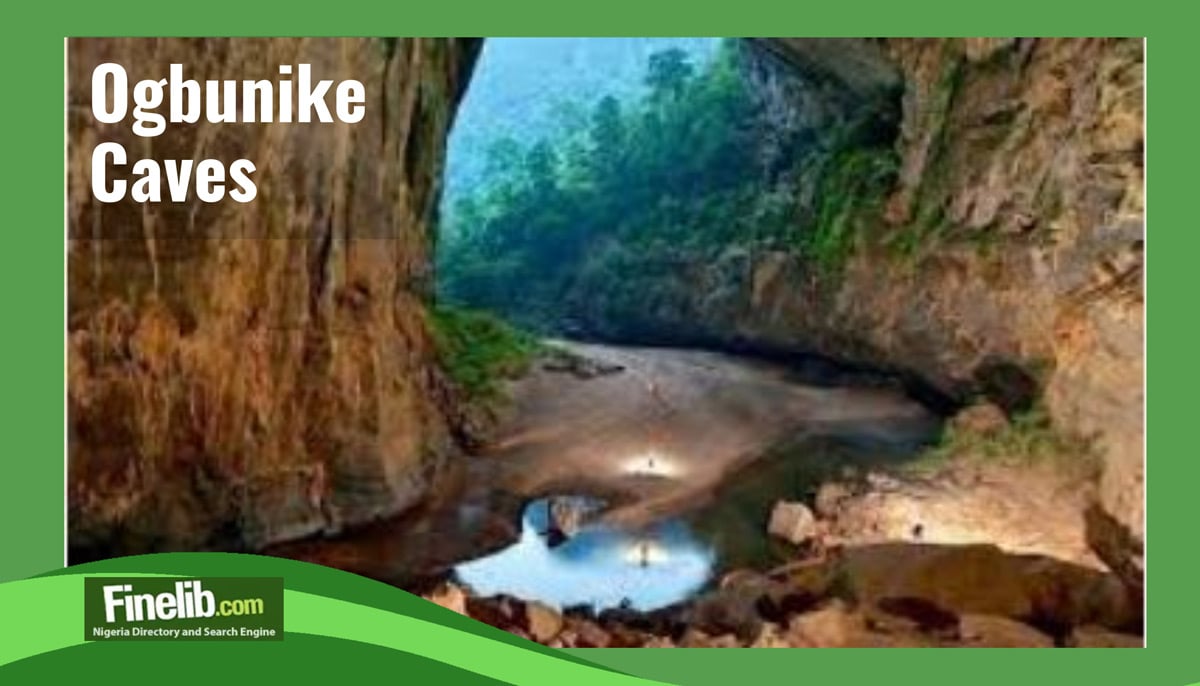Attractions, Activities and History of Zuma Rock Abuja

The vicinity of Nigeria's capital city of Abuja houses a massive rock known as Zuma Rock. It stands about 725 meters (2,379 feet) above sea level and is one of Nigeria's most recognizable natural landmarks.
The rock comprises igneous rock formations formed over one billion years ago during the pre-Cambrian era. It has a unique appearance, with a smooth, almost cylindrical shape and a light grey color. Several smaller hills and valleys surround the rock, adding to its natural beauty.
History of Zuma Rock
Zuma Rock has played an essential role in Nigerian history and culture. It is considered a sacred site by the Gbagyi, the region's indigenous inhabitants. According to legend, the rock has spiritual significance and is said to have been used by the Gbagyi people as a place of worship.
Zuma Rock bears importance that goes beyond its cultural and historical relevance. The rocks are of notable importance as well. The Zuma Formation is a variety of stones.
During the Mesozoic Era, volcanoes were responsible for producing it long ago. The development of this rock is estimated to be over 170 million years old and is considered one of Nigeria's most important geological formations.
During the colonial era, Zuma Rock was a landmark for European explorers and missionaries, who used it as a reference point in their travels. The rock was named after the nearby Zuma village, established by the Gbagyi people.
Nigeria commissioned an artist to create a sculpture of Zuma Rock during the 1970s. The intention was to utilize it as a representation for the grand occasion they were organizing titled FESTAC.
The rock has also been the subject of various myths and legends. One of the most famous legends is that Zuma Rock is home to a giant spirit that protects the region's people. Another myth is that the rock is impossible to climb and that anyone who tries will face supernatural obstacles.
Zuma Rock has also been the site of various scientific studies and research projects. In the 1990s, a team of geologists surveyed the rock's magnetic properties, which revealed that it contains a significant amount of magnetite.
Besides its cultural and geological significance, Zuma Rock also plays an essential role in the local economy. The land in this region holds several beneficial elements, such as minerals, nutritious soil, and water, which may come in handy.
The rock and surrounding area have become a hub for agricultural activity, with local farmers growing crops such as yams, cassava, and maize. The site has several small businesses and industries, including pottery and craft making.
Zuma Rock has become a famous tourist destination, with many people visiting it recently. The attraction draws visitors from diverse areas in Nigeria and beyond.
Here are some of the activities you can do and things you can see in Zuma Rock, Abuja:
1. Hiking: Zuma Rock offers several hiking trails for beginners and experienced hikers. The pathways are relatively easy and provide stunning vistas of the surrounding landscape.
2. Rock Climbing: For the adventurous, Zuma Rock offers an opportunity to climb the rock face of the iconic landmark. There are several routes available for climbers of different skill levels.
3. Picnicking: Many individuals enjoy having picnics underneath Zuma Rock. A group of acquaintances and relatives can enjoy a laid-back day relaxing under the shelter of a massive stone structure.
4. Cultural Tours: History and culture cover Zuma rock, and visitors can take guided tours to learn more about the rock's significance to the local people and the country.
5. Bird Watching: Zuma Rock and its surrounding area are home to various bird species, making it a popular spot for birdwatchers.
6. Photography: Zuma Rock provides a stunning backdrop for photographers looking to capture the beauty of the Nigerian landscape. The changing light throughout the day makes it an ideal landscape and nature photography location.
7. Camping: Camping is allowed in designated areas for those who want to spend more than just a day at Zuma Rock. Campers can enjoy the peaceful surroundings and starry nights under the clear skies.
8. Horseback Riding: Horseback riding is available near Zuma Rock for those who want to explore the area uniquely.
9. Cultural Festivals: Zuma Rock is often a site for cultural festivals and events, where visitors can experience the traditions and customs of the local people.
10. Wildlife Viewing: The surrounding area of Zuma Rock is home to various species of wildlife, such as baboons, antelopes, and hyenas. Tourists can join a guide to witness animals in their residences.
11. Rock Art Exploration: Zuma Rock is known for its ancient rock art dating back thousands of years. Visitors can take guided tours to explore rock art and learn about its historical and cultural significance.
12. Geology Study: Zuma Rock comprises igneous rock and is considered a geological wonder. Geology enthusiasts can study the rock formations and learn about the processes that formed the rock.
13. Relaxation: For those seeking a peaceful ambiance, Zuma Rock offers a serene and composed setting to rejuvenate their minds and bodies.
14. Spiritual Retreats: The locals in that region perceive Zuma Rock as a crucial and distinctive landmark. They frequent that place for silence and reflection on spiritual aspects.
15. Souvenir Shopping: Visitors can purchase souvenirs and local handicrafts from vendors near Zuma Rock, making it a great place to pick up unique gifts and souvenirs.
The Nigerian government has recently promoted tourism to boost the local economy. Despite its importance and popularity, Zuma Rock faces many challenges, including erosion, deforestation, and illegal mining activities. The Nigerian government and local communities are working to address these issues and protect the area for future generations.
Today, Zuma Rock remains a symbol of Nigerian identity and culture. It is featured on the country's 100 naira note and used as a symbol for various government agencies and organizations. It is a testament to Nigeria's rich history and natural beauty and continues to attract visitors from all over the world.




